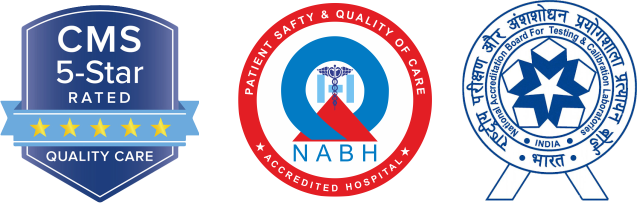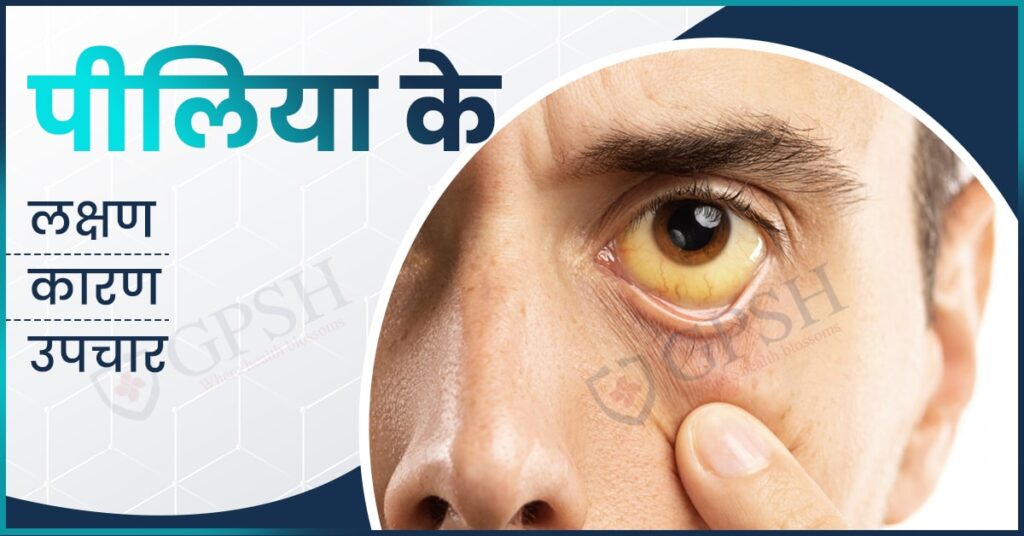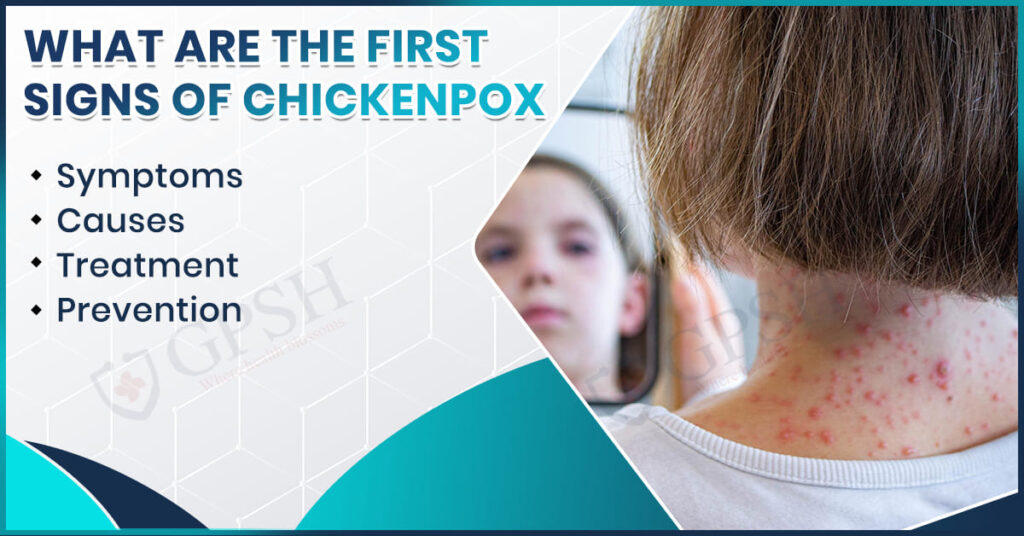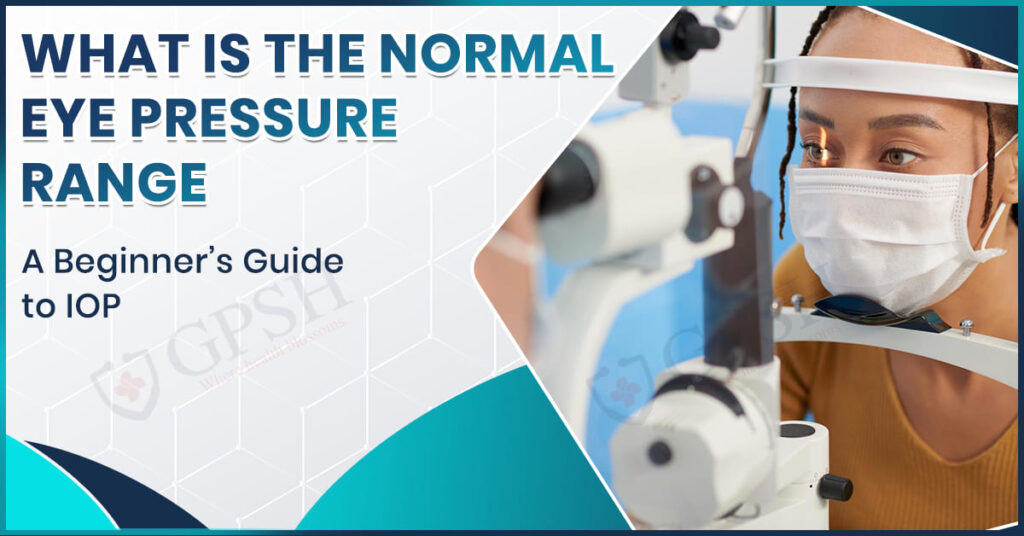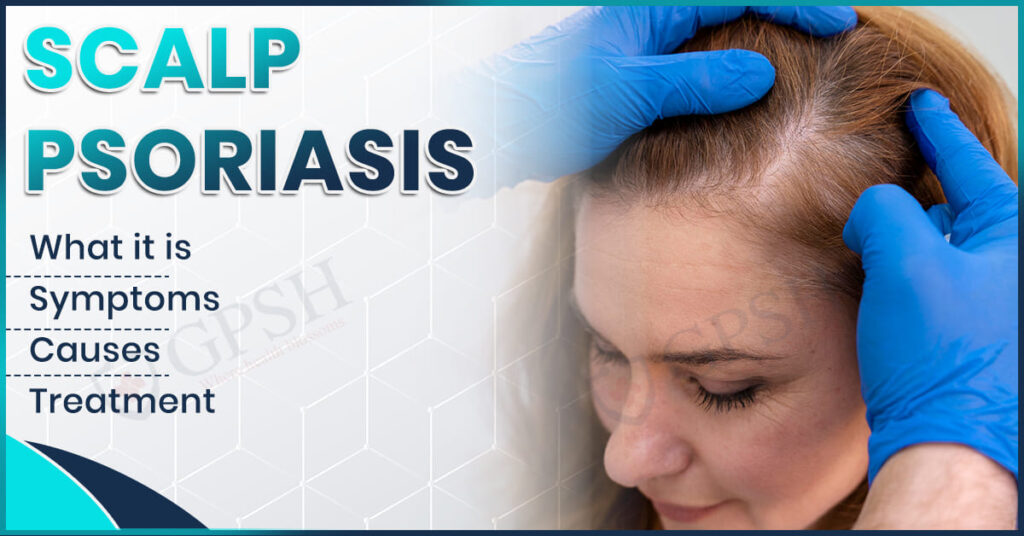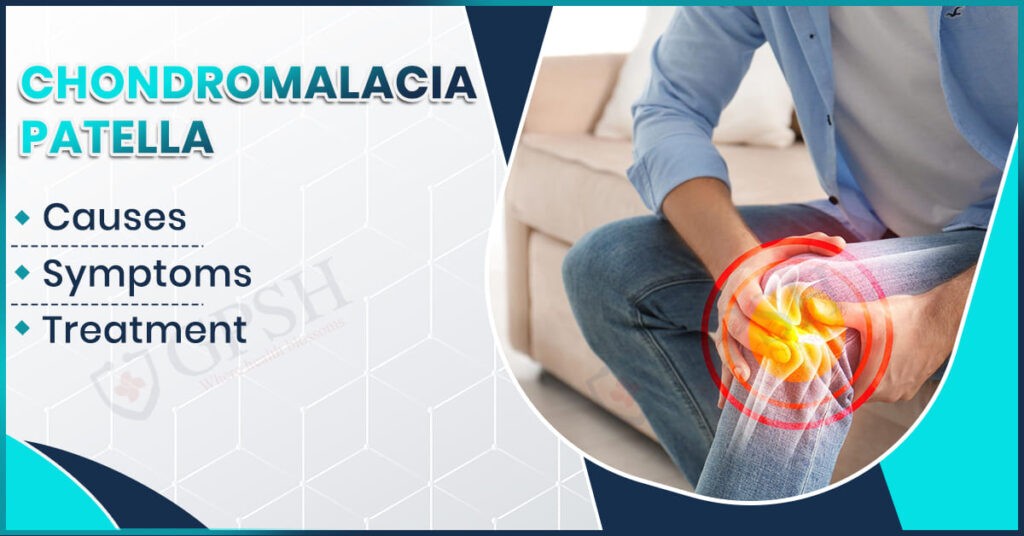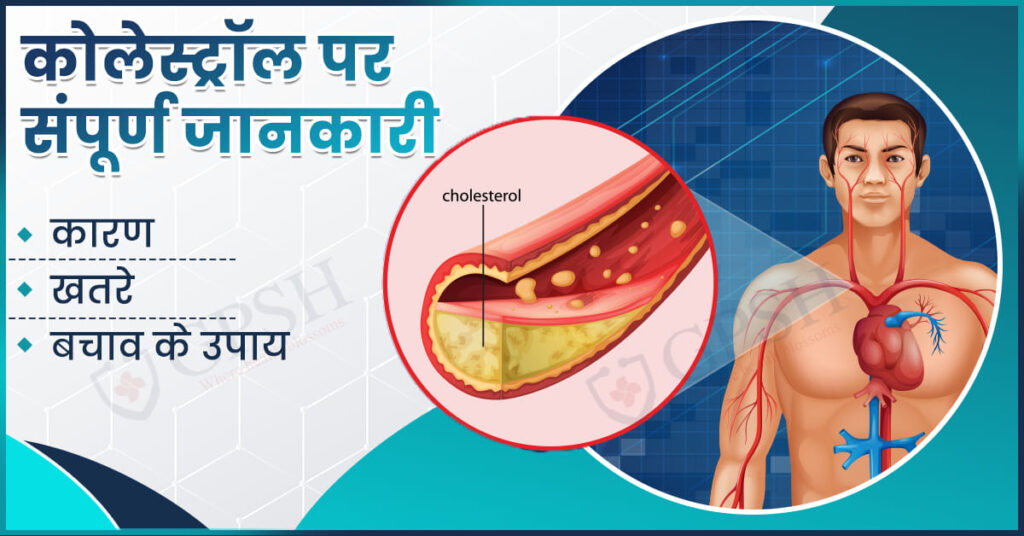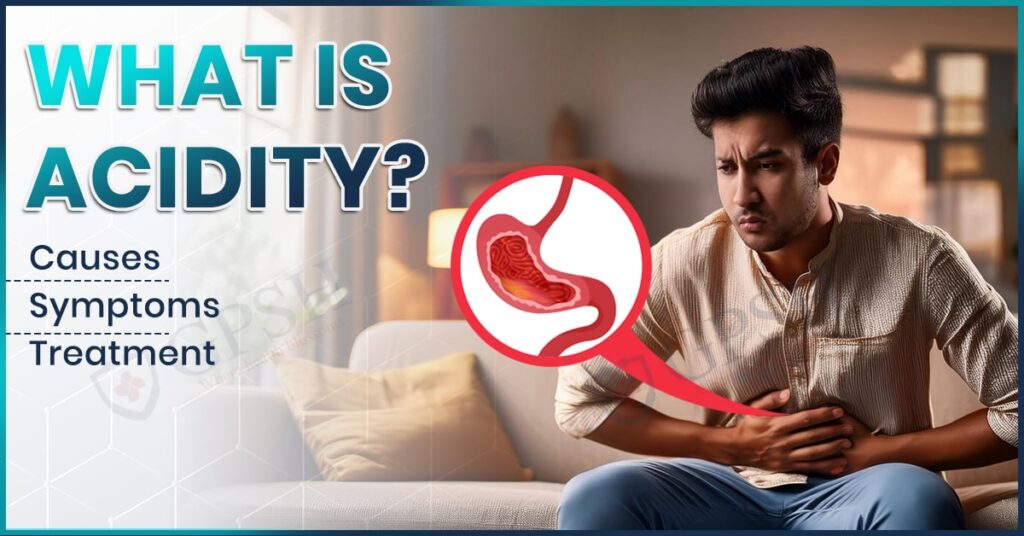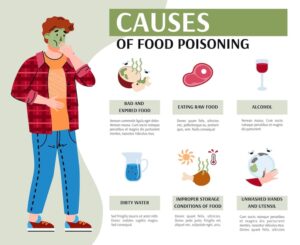पीलिया के लक्षण, कारण, और उपचार
पीलिया क्या है? (What is Jaundice in Hindi?)
पीलिया (piliya), जिसे इंग्लिश भाषा में जॉन्डिस (Jaundice) कहा जाता है, यह एक ऐसी चिकित्सीय स्थिति है जिसमें बिलीरुबिन नामक एक पिगमेंट के रक्त में अत्यधिक मात्रा में जमा हो जाने के कारण त्वचा , आंखों का सफेद हिस्सा और नाखून का रंग पीला होने लगता है।
इससे शरीर में परेशानी बढ़ने लग जाती है और समय पर इलाज नही लिया तो लिवर कमजोर होने लगता है, जिससे ये सामान्य सी दिखने वाली बीमारी भयंकर रूप ले लेती है । इसलिए समय पर अच्छे डॉक्टर से सलाह ले जिससे समय रहते सही इलाज मिल सके ।
पीलिया नवजात शिशुओं से लेकर बुजुर्गों तक किसी भी आयु वर्ग के लोगों को प्रभावित कर सकता है। इस ब्लॉग में हम पीलिया के लक्षण, कारण, निदान और उपचार (jaundice symptoms, causes and treatment in hindi) के बारे में विस्तार से जानेंगे।
पीलिया के लक्षण (Jaundice Symptoms in Hindi)
पीलिया का सबसे सामान्य लक्षण हैं त्वचा और आंखों का पीला होना। इसके अलावा अन्य लक्षण भी हो सकते हैं:
- गहरे रंग का मूत्र: रक्त में बिलीरुबिन की अत्यधिक मात्रा मूत्र को गहरे पीले या भूरे रंग का कर देती है।
- फीके रंग का मल
- थकान और कमजोरी
- पेट दर्द: खासकर अगर लीवर या गॉलब्लैडर प्रभावित हो।
- बुखार
- भूख न लगना
- मतली और उल्टी
You can read also:- What Are the First Signs of Chickenpox? Symptoms, Causes, Treatment & Prevention
पीलिया होने के कारण (Jaundice Causes in Hindi)
बिलीरुबिन पीले रंग का जो पदार्थ होता है, वह रक्त कोशिकाओं में पाया जाता है और ज़ब मृत कोशिकाये बन जाती है तो लिवर इन्हे रक्त से फ़िल्टर करने का काम करता है। ज़ब यह प्रकिया ठीक से नही हो पाती तो बिलरूबीन का स्तर बढ़ जाता है और धीरे धीरे लिवर काम करना कम क़र देता है।
पीलिया(Jaundice) के काफ़ी कारण हो सकते हैं, जिनमे मुख्यतः तीन कारण निम्न हैं:
- हेपेटाइटिस
- पैंक्रियाटिक का कैंसर
- बाइल डक्ट का बंद होना
- एल्कोहल से संबधी लिवर की बीमारी
- सड़क के किनारे, कटी, खुतली, दूषित वस्तुएं और गंदा पानी पीने से।
- कुछ दवाएं जैसे एंटीबायोटिक्स, दर्द निवारक और एंटीडिप्रेसेंट के साथ-साथ कुछ जड़ी बूटियां जैसे कवा और चैपारल लीवर को परेशान कर सकती हैं।
पीलिया का निदान
पीलिया (piliya) का निदान कई तरीकों से किया जा सकता है, जिसमें शामिल हैं:
- शारीरिक परीक्षा: डॉक्टर त्वचा और आंखों के रंग की जांच करते हैं और पेट का निरीक्षण करते हैं।
- रक्त परीक्षण: बिलीरुबिन स्तर, लिवर फंक्शन टेस्ट और पूर्ण रक्त गणना (CBC) सहित विभिन्न रक्त परीक्षण किए जाते हैं।
- इमेजिंग टेस्ट: अल्ट्रासाउंड, सीटी स्कैन या एमआरआई का उपयोग करके लीवर, गॉलब्लैडर और बाइल डक्ट की स्थिति की जांच की जाती है।
- बायोप्सी: कुछ मामलों में, लीवर की बायोप्सी की जाती है ताकि लीवर की स्थिति का और अधिक विस्तृत निरीक्षण किया जा सके।
You can read also:- What Is the Normal Eye Pressure Range? A Beginner’s Guide to IOP
पीलिया का उपचार (Jaundice Treatment In Hindi)
जैसे हीं पीलिया(Jaundice) के लक्षण दिखे सबसे पहले जाँच करवाए जिसके लिए अच्छे डॉक्टर के पास जाकर जो लक्षण है वो सही से बताये उनको और इसके अतिरिक्त लिवर फंक्शन टेस्ट (Liver Function Test), बिलीरुबिन स्तर और कंपलीट ब्लड काउंट (CBC) टेस्ट भी करवाए ।
पीलिया का जो इलाज है वो उसके होने वाले कारणों पर निर्भर करता है । यहाँ कुछ सामान्य उपचार विकल्प हैं:
1. हेमोलिटिक पीलिया का उपचार:
- रक्त संक्रमण: संक्रमण के इलाज के लिए, एंटीवायरल या एंटीबायोटिक दवाओं की आवश्यकता पड़ती है।
- स्टेरॉयड और इम्यूनोग्लोबुलिन: कुछ मामलों में, स्टेरॉयड और इम्यूनोग्लोबुलिन थेरेपी का उपयोग किया जा सकता है।
2. हेपेटिक पीलिया का उपचार:
- एंटीवायरल दवाएं: हेपेटाइटिस के मामलों में, एंटीवायरल दवाओं का उपयोग किया जाता है।
- लिवर ट्रांसप्लांट: गंभीर लिवर सिरोसिस या लिवर कैंसर के मामलों में लिवर ट्रांसप्लांट की आवश्यकता हो सकती है।
3. ऑब्स्ट्रक्टिव पीलिया का उपचार:
- सर्जरी: बाइल डक्ट के अवरोध को दूर करने के लिए सर्जरी भी की जाती है।
- एंडोस्कोपिक रेट्रोग्रेड कोलेन्जियोपैनक्रिएटोग्राफी (ERCP): इस प्रक्रिया का उपयोग बाइल डक्ट में स्टेंट डालने या पत्थरों को निकालने के लिए किया जाता है।
नवजात शिशुओं में पीलिया
नवजात शिशुओं में पीलिया एक सामान्य चिकित्सीय स्थिति है, जिसे नवजात पीलिया भी कहा जाता है। यह सामान्यतः जन्म के पहले सप्ताह में देखा जाता है और अधिकतर मामलों में यह अपने आप हीं समान्य देखभाल से ठीक हो जाता है। हालांकि, कुछ मामलों में, इलाज की आवश्यकता हो सकती है:
- फोटोथेरेपी: नवजात शिशुओं में पीलिया का इलाज करने के लिए फोटोथेरेपी का उपयोग किया जाता है, जिसमें विशेष नीली रोशनी का उपयोग करके बिलीरुबिन को तोड़ा जाता है।
- इंट्रावेनस इम्यूनोग्लोबुलिन (IVIG): गंभीर मामलों में, IVIG थेरेपी का उपयोग किया जा सकता है।
- ब्लड एक्सचेंज ट्रांसफ्यूजन: बहुत ही गंभीर मामलों में, ब्लड एक्सचेंज ट्रांसफ्यूजन की आवश्यकता हो सकती है।
निष्कर्ष
पीलिया(Jaundice) एक सामान्य से दिखने वाली एक ऐसी चिकित्सीय स्थित है अगर समय पर उसे पर ध्यान नहीं दिया जाए तो वह बहुत ही गंभीर रूप ले सकती है, जिसमें जान भी जाने की संभावना रहती है। सही निदान और उचित उपचार से पीलिया को ठीक किया जा सकता है और इसके गंभीर परिणामों से बचा जा सकता है।
इसलिए जैसे ही पीलिया के लक्षण दिखे तुरंत एक अच्छे जनरल फिजिशियन से सम्पर्क करे और साथ ही साथ अच्छा आहार ले जिससे पीलिया को बढ़ने से रोका जा सके और शरीर में नुकसान कम हो।
यह ध्यान रखना महत्वपूर्ण है कि पीलिया का इलाज सिर्फ डाइट चेंज से नहीं हो सकता है। इस स्थिति के इलाज के लिए डाइट एक सहायक इलाज के विकल्प के तौर पर मदद कर सकता है। पीलिया का सामान्य स्तर लगभग 0.2 – 1.0 mg/dL है। यदि रिपोर्ट में यह स्तर 1.0 mg/dL से ऊपर आ जाए, तो तुरंत परामर्श लें और इलाज के विकल्पों पर विचार करें।
नोट:- Shekhawati Hospital के पास अच्छे और अनुभवी चिकित्स्कों क़ी टीम है जो आपको ऐसी कंडीशन में सही इलाज और जानकारी देने में आपकी मदद क़र सकती है
पीलिया के लक्षण, कारण, और उपचार Read More »

